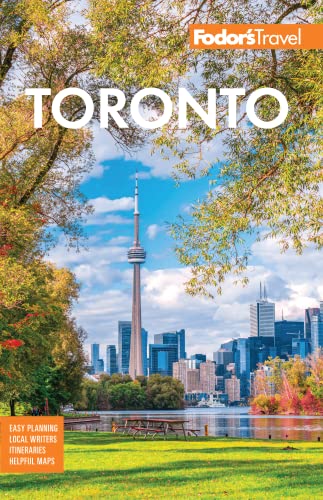A Brief History of Toronto
The city officially became Toronto on March 6, 1834, but its roots are much older. In the early 1600s a Frenchman named Etienne Brûlé was sent into the not-yet-Canadian wilderness by the famous explorer Samuel de Champlain to see what he could discover. He found the river and portage routes from the St. Lawrence to Lake Huron, possibly Lakes Superior and Michigan, and eventually Lake Ontario. The native Huron peoples had known this area between the Humber and Don rivers for centuries—and had long called it "Toronto," believed to mean "meeting place."
A bustling village called Teiaiagon grew up here, which became the site of a French trading post. After the British won the Seven Years' War, the trading post was renamed York in 1793. More than 40 years later the city again took the name Toronto. Following an unsuccessful American invasion in 1812, several devastating fires, and a rebellion in 1837, there was a slow but steady increase in the population of white Anglo-Saxon Protestants leading into the 20th century. Since World War II, Toronto has attracted residents from all over the world. Unlike the American "melting pot," Toronto is more of a "tossed salad" of diverse ethnic groups.




